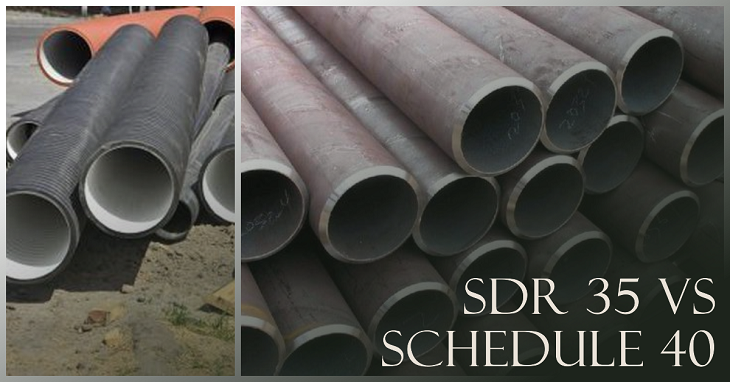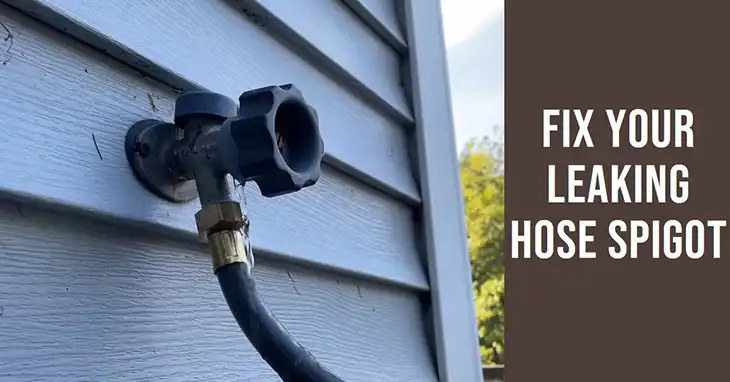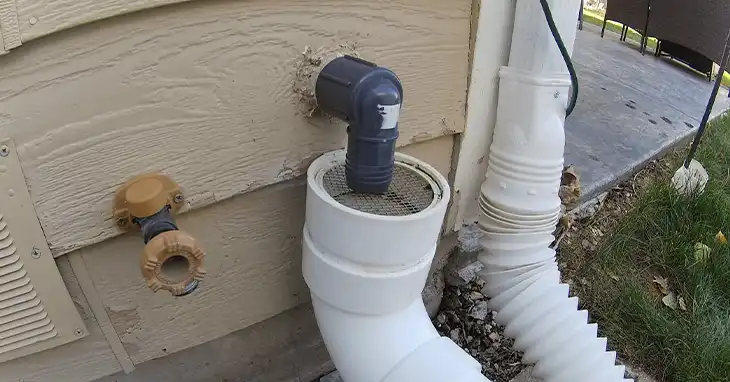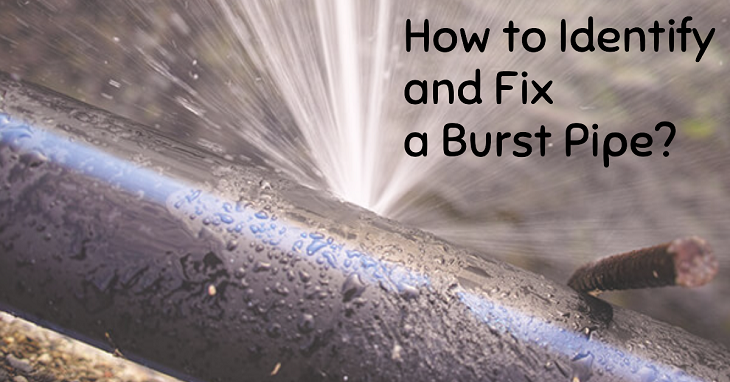What to Do If Your Bathroom Pipes Smell Like Poop?
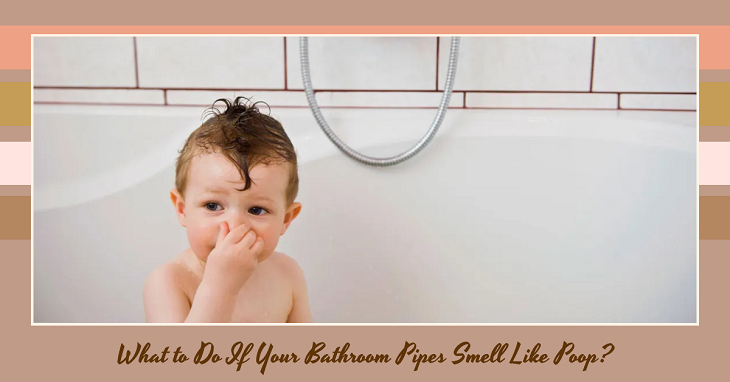
There’s nothing quite as unpleasant as walking into your bathroom and being greeted by a foul smell that resembles sewage or, worse, poop. It’s a common issue that can arise in any household, but it’s also one that raises concern. What’s causing this bad odor? Could it be a sign of a bigger plumbing issue? And most importantly, what can you do if your bathroom pipes smell like poop?
In this article, we’ll explore the potential causes behind the odor, how to identify the root problem, and what steps you can take to fix it. By following these steps, you can restore a clean, fresh-smelling bathroom and prevent future issues.
Why Do Your Bathroom Pipes Smell Like Poop?
Before you dive into fixing the problem, it’s important to understand why your bathroom pipes might smell. In many cases, this issue is caused by one of several common problems that occur in plumbing systems. These range from something as simple as a dry drain to more serious issues like a sewage backup.
Here are some possible causes:
Dry P-Trap

The most common reason for a foul smell coming from your bathroom pipes is a dry or empty P-trap. The P-trap is a curved pipe beneath sinks, tubs, and toilets designed to trap a small amount of water, which prevents sewer gases from traveling back up into your home. When this trap dries out, it allows those gases to escape.
Sewer Line Issues
If the smell is particularly strong and persistent, it could indicate a problem with your sewer line. This might include a partial clog, a break in the line, or even a sewage backup.
Ventilation Problems

Plumbing systems rely on vent pipes that allow sewer gases to escape outside. If these vents become clogged or blocked, gases can become trapped and force their way back into your home.
Clogged or Dirty Drains
Over time, debris like hair, soap scum, and grease can accumulate in drains. This can create a breeding ground for bacteria, leading to foul odors that smell like sewage.
Faulty Toilet Seal

If the wax ring seal beneath your toilet is damaged or improperly installed, it can allow sewer gases to escape from the drainpipe into your bathroom.
Old Plumbing System
In older homes, degraded or corroded pipes can sometimes develop cracks or leaks, allowing unpleasant smells to enter your living space.
How to Fix Bathroom Pipe Smell: Step-By-Step
Step 1: Investigate the Source of the Smell
Before you can fix the problem, you need to determine where the smell is coming from. Here’s how to track down the source of the odor in your bathroom:
- Check Multiple Drains: Start by smelling around each drain in your bathroom, including the sink, tub, and shower. If the smell is coming from a specific drain, it’s likely an issue with that fixture’s trap or vent.
- Sniff Around the Toilet: If the smell seems to be stronger near your toilet, there may be an issue with the toilet seal or the piping connected to the toilet.
- Inspect the Bathroom Floor: Look for signs of water damage or leaks around the base of the toilet, as these could indicate that the wax ring has failed, allowing sewage odors to escape.
- Check the Ventilation: Head to your home’s roof and make sure the plumbing vent isn’t blocked by leaves, debris, or bird nests.
Once you’ve located the source, you can move on to fixing the issue.
Step 2: Fix the Dry P-Trap
If the smell is coming from a specific drain and you suspect the P-trap is dry, the solution is often simple. Re-filling the P-trap with water will restore its ability to block sewer gases from coming back into the home.
How to Refill a Dry P-Trap:
- Run Water: Turn on the faucet or shower in the affected area and let the water run for a minute or two.
- Add a Cup of Baking Soda: Pour a cup of baking soda into the drain, followed by a cup of vinegar. This can help clean out any minor clogs or buildup that might also be contributing to the smell.
- Flush the Drain: After the mixture fizzes, flush the drain with hot water to wash everything down.
If this solves the issue, your P-trap was likely the culprit. However, if the smell persists, continue troubleshooting.
Step 3: Check for Clogs in Your Drain
Clogged drains are another common cause of bad smells. Over time, materials like soap, hair, and dirt can build up inside your pipes, leading to slow drainage and an unpleasant odor.
How to Clean a Clogged Drain:
- Use a Plunger: For minor clogs, a simple plunger can often do the trick. Create a seal around the drain and plunge vigorously to loosen debris.
- Snake the Drain: If the clog persists, use a plumbing snake (also known as an auger) to remove the blockage. Insert the snake into the drain, twist it, and pull out any material that’s causing the clog.
- Chemical Drain Cleaner: In more stubborn cases, a chemical drain cleaner may be necessary. Be sure to use this sparingly and follow the instructions closely, as harsh chemicals can damage your pipes if overused.
Once the clog is removed, flush the drain with hot water to eliminate any remaining debris.
Step 4: Inspect and Fix the Toilet Seal
If the smell seems to be coming from the toilet itself, there’s a good chance the wax seal at the base of the toilet is either broken or improperly installed.
How to Replace the Toilet Wax Ring:
- Turn Off Water Supply: First, shut off the water supply to the toilet and flush it to empty the tank and bowl.
- Remove the Toilet: Use a wrench to loosen the bolts at the base of the toilet. Once the bolts are removed, carefully lift the toilet off the floor.
- Replace the Wax Ring: Remove the old wax ring and install a new one. Wax rings are available at most hardware stores for about $5 to $10.
- Reinstall the Toilet: Once the new ring is in place, lower the toilet back down, tighten the bolts, and turn the water supply back on.
This should fix any leaks that were allowing sewer gases to escape into your bathroom.
Step 5: Address Sewer Line or Ventilation Issues
In some cases, the smell may indicate a more serious problem with your home’s sewer line or ventilation system. This requires more advanced troubleshooting and may need the help of a professional plumber.
- Sewer Line Blockage: If you suspect a sewer line clog, you may notice that the smell gets worse after flushing the toilet or using large amounts of water. You might also see signs of slow drainage in multiple fixtures. Sewer line problems are best handled by a plumber who can use tools like a sewer camera to locate and remove blockages.
- Blocked Vent Pipe: If you find that your home’s plumbing vents are blocked, you’ll need to clear the blockage to prevent the buildup of gases. This might involve removing debris from the roof vent or having a professional install a vent fan.
Step 6: Regular Maintenance to Prevent Future Smells
Once you’ve resolved the issue, regular maintenance can help you avoid bad odors from returning. Here are some simple steps you can take to keep your bathroom smelling fresh:
- Run Water Regularly: If you have drains that aren’t used often (such as in guest bathrooms), make sure to run water through them at least once a week to prevent the P-trap from drying out.
- Clean Drains Monthly: Pouring a mixture of baking soda and vinegar down your drains monthly can help keep them clean and free from debris.
- Inspect the Wax Ring Annually: If your toilet seems loose or wobbly, check the wax ring to ensure it’s still properly sealed.
Final Words
If your bathroom pipes smell like poop, it’s not just a nuisance—it could be a sign of a deeper plumbing issue. By identifying the source of the odor, taking immediate steps to address it, and ensuring regular maintenance, you can enjoy a fresh-smelling, functional bathroom again.
Whether it’s a simple fix like re-filling a dry P-trap or a more complex issue like a blocked sewer line, knowing what to do when bathroom pipes smell like poop will save you from dealing with unpleasant odors and potential plumbing disasters.

